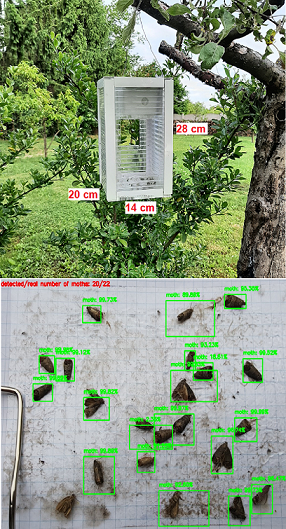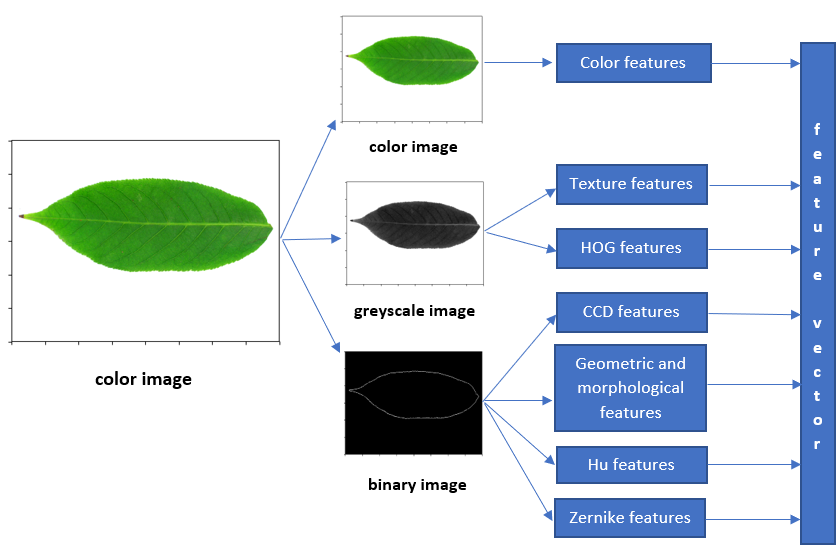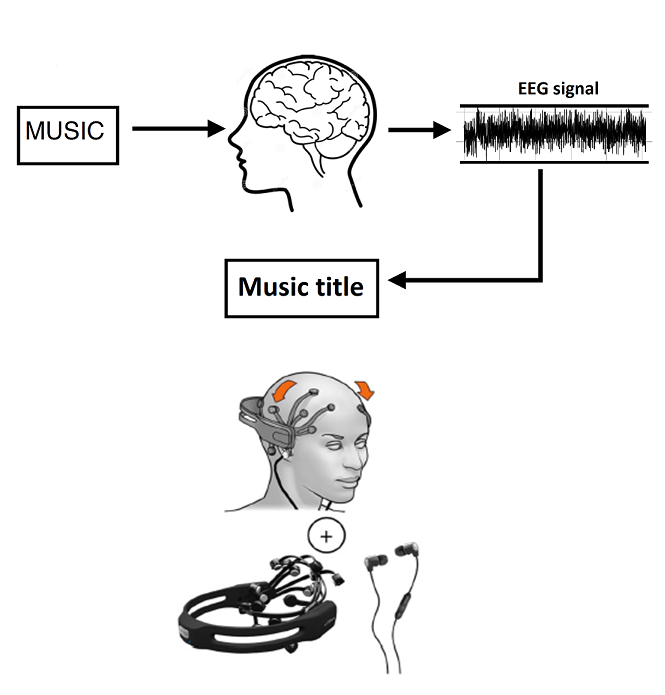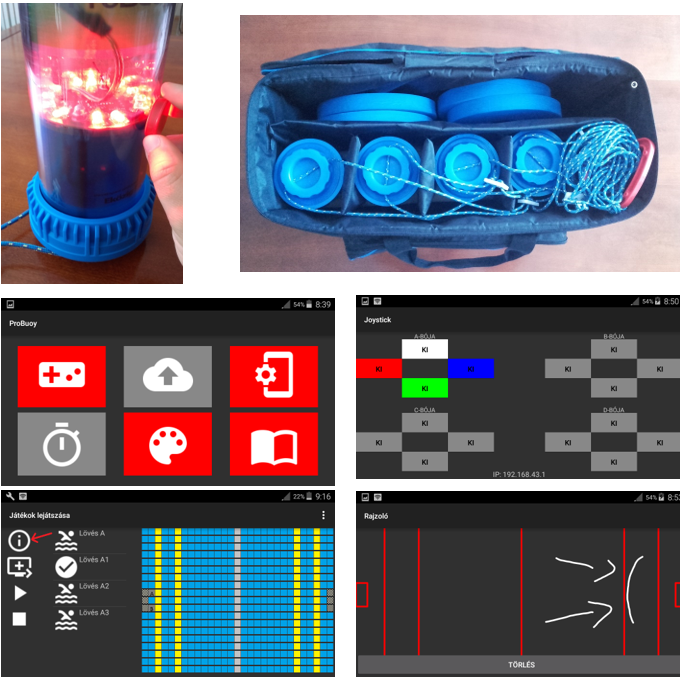Embedded System Based Moth Trap Aided by Machine Learning
Flying insect detection, identification, and counting are the key components of agricultural pest management. Insect identification is also one of the most challenging tasks in agricultural image processing. With the aid of machine vision and machine learning, traditional (manual) identification and counting can be automated. To achieve this goal, a particular data acquisition device and an accurate insect recognition algorithm (model) is necessary. In this work, we propose a new embedded system-based insect trap with an OpenMV Cam H7 microcontroller board, which can be used anywhere in the field without any restrictions (AC power supply, WIFI coverage, human interaction, etc.). In addition, we also propose a deep learning-based insect-counting method where we offer solutions for problems such as the “lack of data” and “false insect detection”. By means of the proposed trap and insect-counting method, spraying (pest swarming) could then be accurately scheduled.
Plant leaf recognition with shallow and deep learning
The process of plant classification can be performed using different ways but the most popular approach is based on plant leaf characteristics. Most types of plants have unique leaf characteristics such as shape, color, and texture. Since machine learning and vision considerably developed in the past decade, automatic plant species (or leaf) recognition has become possible. In the past the classification process required skilled botanist and it was a slow, time consuming process. This greatly increased the interest in automated species identification. Actually, the motivation behind our study comes from a green cadaster creation where the identification of trees and brushes of a green area is a significant problem of non-professionals. Manual plant species identification would be a hard task even for persons with expert knowledge while for non-experts it would be very time consuming and error prone. With a computer-aided plant identification system, non-professionals can also classify plants and the cadaster creation process is faster. Fortunately, the advantages of modern devices such as smartphones and machine learning techniques has bought this idea closer to reality.
ProBuoy
In Hungary water polo is an important and popular sport facility which has a very successful history. In order to the training methods be efficient, the continuous development of advanced training approaches are rather necessary. The ProBuoy system is created jointly by the profession and the innovative IT technology. Therefore it is not just a tool but a new digitalized training method system. Its efficiency comes from the novel training plans which significantly increase the training intensity, improve plannability and provide valuable feedback to the user. The ProBuoy set also has been designed according to the latest technology achievements. For instance, a high capacity battery ensures the power supply to each buoy which is rechargeable with induction charger, all buoys can be activated with magnetic switch and player’s interaction is calculated from the signal of different kinds of sensors. Our new sport equipment coordinates the players in the pool with beacons during the training process. The training exercises are automated where enough to set the number of cycles and the duration of an exercise. The buoy controller application currently available only for Android based tablets. The application includes the game plans, their description and simulation possibility. The application also gives an opportunity for the manual control.
Website: https://www.probuoy.hu/
Central Nervous System Imaging
The unavoidable process of aging of the European population demands for a comprehensive technology support to the diagnostic and therapy of central nervous system diseases. Minimally-invasive imaging technologies based on Information Communications Technology such as
- PET (Positron Emission Tomography)
- MRI (Magnetic Resonance Imaging)
- EEG (Electro EncephaloGram)
allow for monitoring and tracking the evolution of these illnesses starting from their preliminary setting and determining the strategy and the effectiveness of the prescribed therapies. The ENIAC JU project CSI aims to advance the state of the art in three-dimensional (3D) medical-imaging platforms to improve the efficiency of the diagnosis and therapy of these serious diseases. The objective of the project is to develop an innovative yet simple and low-cost smart 3D imaging system suitable for use in ambulatory or domestic settings, able to enhance early diagnostic accuracy and boost the prevention capability while reducing the total cost of the equipment.
Students' Projects
Last update: December 14 2024 08:54:56.
Powered by w3.css





